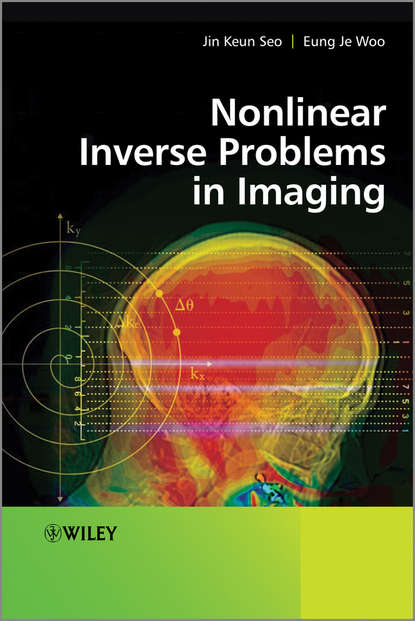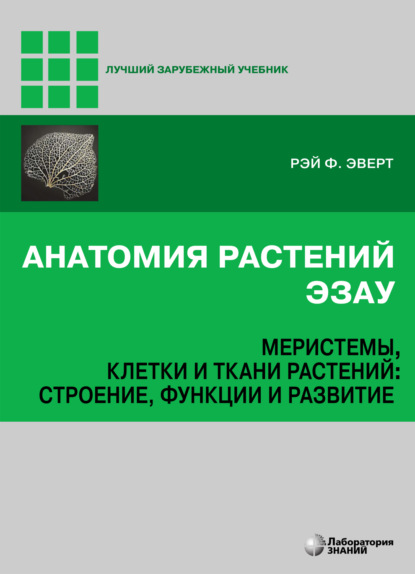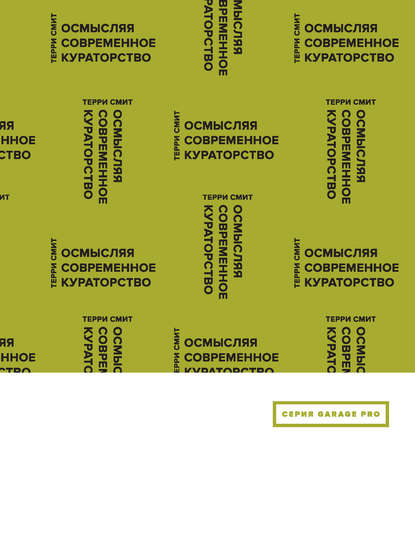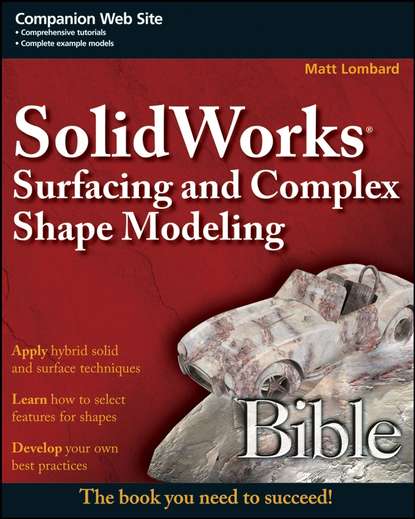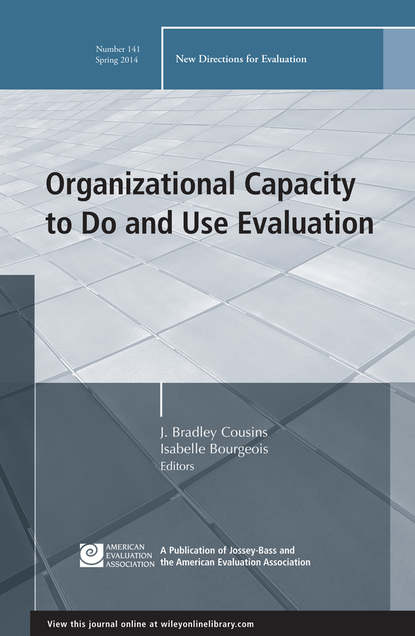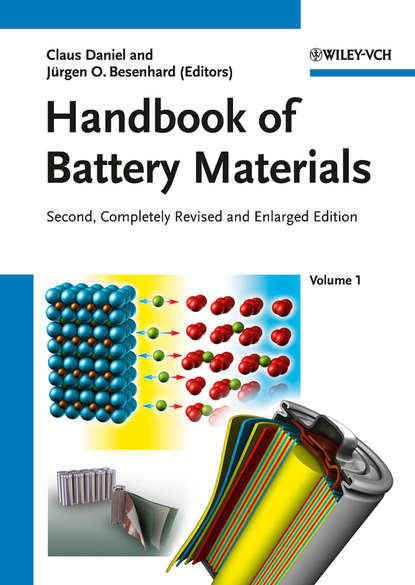Эта книга предоставляет исследователям и инженерам в области визуализации навыки, необходимые для эффективного решения нелинейных обратных задач, связанных с различными методами визуализации, включая импедансную томографию, оптическую томографию, эластографию и электрическое источниковое изображение. Сосредоточившись на численно реализуемых методах, книга преодолевает разрыв между теорией и применением, помогая читателям справляться с проблемами прикладной математики и техники. Полное, самодостаточное освещение включает основные концепции, модели, вычислительные методы, численное моделирование, примеры и практические исследования. Обеспечивает пошаговое постепенное изложение тем для облегчения понимания. Обсуждает физические явления, лежащие в основе, а также детали реализации алгоритмов реконструкции изображений как предпосылки для нахождения решений нелинейных обратных задач практического значения и ценности. Включает задачи в конце глав, практические исследования и примеры с решениями во всей книге. На сопутствующем веб-сайте будут представлены дополнительные примеры и решения, экспериментальные наборы данных, открытые проблемы, учебные материалы, такие как презентации PowerPoint, и программное обеспечение, включая MATLAB-файлы. Необходимое чтение для аспирантов и исследователей в области визуализации, работающих в областях прикладной математики, биомедицинской инженерии и электротехники, и, в частности, тех, кто занимается нелинейными методами визуализации, импедансной томографией, оптической томографией, эластографией и электрическим источниковым изображением.
This book offers researchers and practitioners in the fields of imaging with methods which might help them work efficiently in regards to nonlinear inversion situations linked to different image methodologies. These include impedance imaging, volumetric tomography, elastic imaging, and dermatological imaging sources. This book not only focuses on algorithmically feasible methods, but also bridges the void between theory and practice, providing readers with tools to address difficult issues appearing in mathematical and technical sciences. The book provides analysis and thorough, included know-how, based on harmonic principles, simulation models, plenty of complications for the matter math, practical exercises and handbook references. To assist in my analysis, you'll find an assortment of readily available, practical problems at the close of each section, followed by instructive reference cases, along with analyses. A companion website will offer even more covered issues, detailed solutions, archival datasets, nontrivial challenges, training material in the form of PowerPoint presentations and coding which now have MATLAB files for instance. Essentials for graduate students and scientists who work within the sphere of applied math, biomedical technological advancement, as well as robotic engineering and, for example, precisely people with an interest in linear imaging techniques.
Электронная Книга «Nonlinear Inverse Problems in Imaging» написана автором Woo Eung Je в году.
Минимальный возраст читателя: 0
Язык: Английский
ISBN: 9781118478172
Описание книги от Woo Eung Je
This book provides researchers and engineers in the imaging field with the skills they need to effectively deal with nonlinear inverse problems associated with different imaging modalities, including impedance imaging, optical tomography, elastography, and electrical source imaging. Focusing on numerically implementable methods, the book bridges the gap between theory and applications, helping readers tackle problems in applied mathematics and engineering. Complete, self-contained coverage includes basic concepts, models, computational methods, numerical simulations, examples, and case studies. Provides a step-by-step progressive treatment of topics for ease of understanding. Discusses the underlying physical phenomena as well as implementation details of image reconstruction algorithms as prerequisites for finding solutions to non linear inverse problems with practical significance and value. Includes end of chapter problems, case studies and examples with solutions throughout the book. Companion website will provide further examples and solutions, experimental data sets, open problems, teaching material such as PowerPoint slides and software including MATLAB m files. Essential reading for Graduate students and researchers in imaging science working across the areas of applied mathematics, biomedical engineering, and electrical engineering and specifically those involved in nonlinear imaging techniques, impedance imaging, optical tomography, elastography, and electrical source imaging
